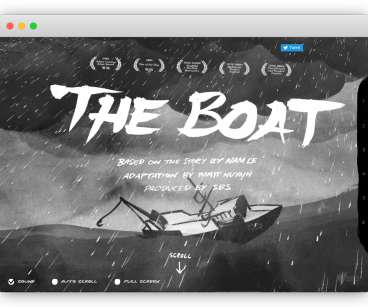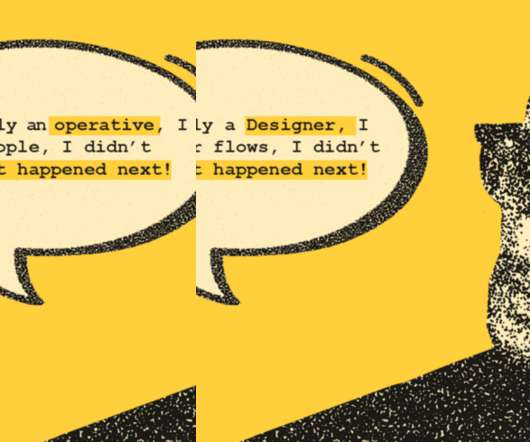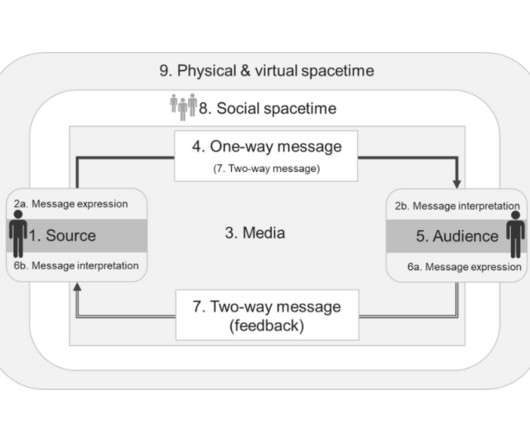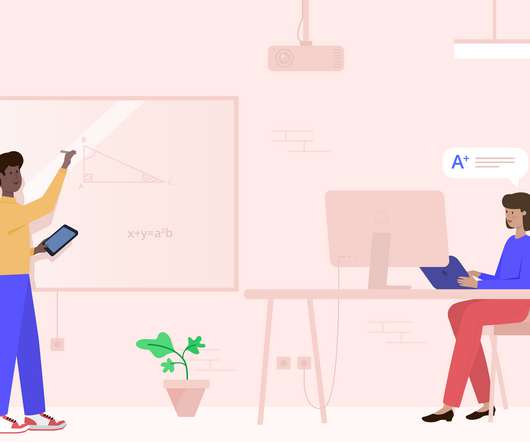Strong Branding: 4 Key Elements of a Good Brand Identity
Designer Daily
DECEMBER 13, 2022
But start with the basics – your logo, your colors, your key messaging and your brand identity. There is plenty of literature on how to come up with a brand name , so spend some time doing some research on the brand name and test it with your audience. You will need to tell your customer what your company is about in the name.















Let's personalize your content